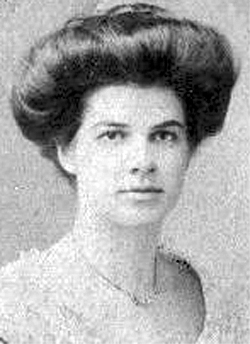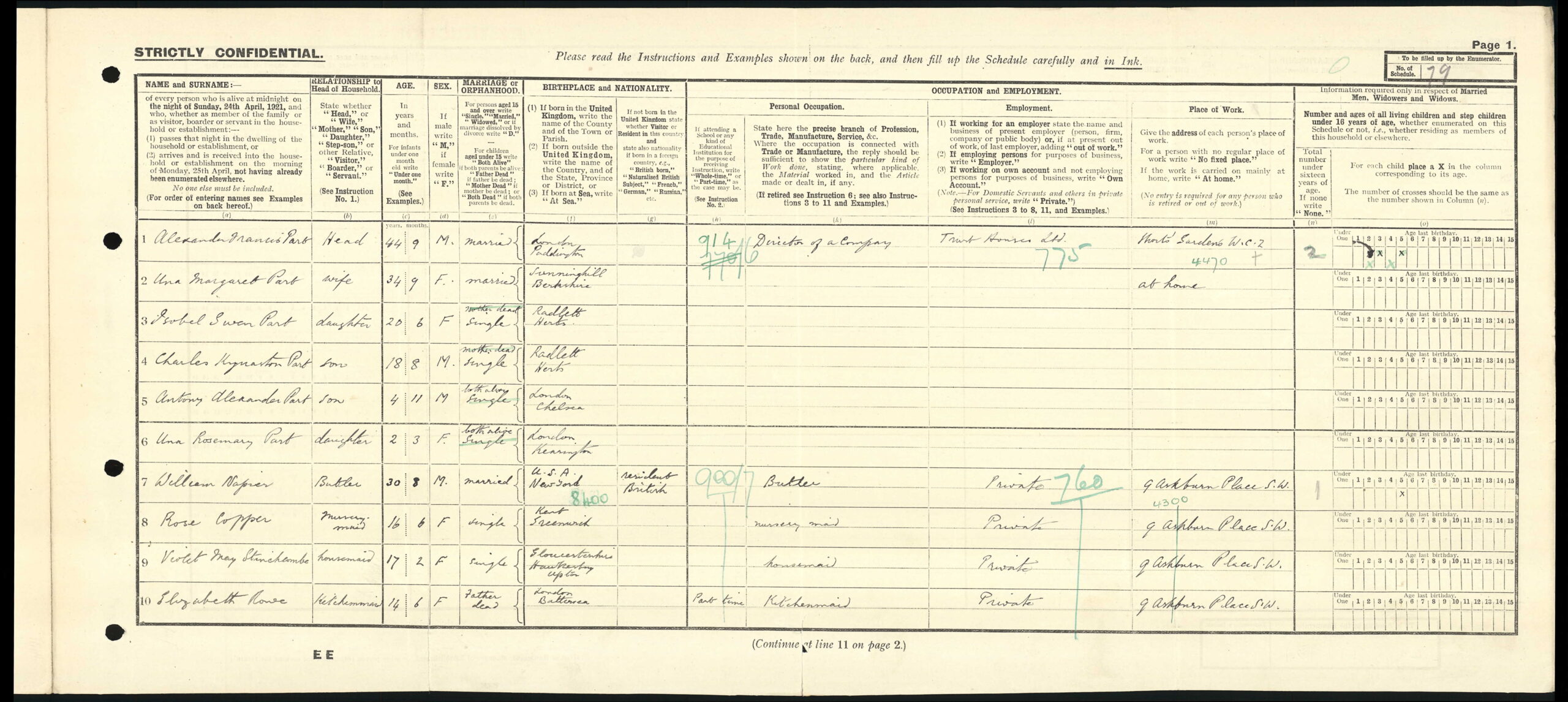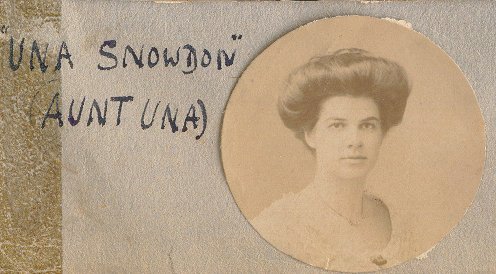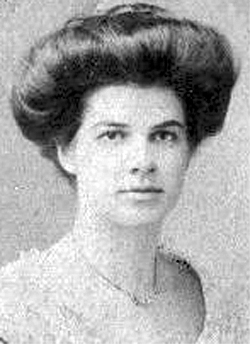The Life of Una Margaret Part (1887–1954)
 Una Margaret Part’s life spanned a transformative period in British history, beginning in the late Victorian era and concluding in post-war London. Born in 1887 in the leafy Berkshire parish of Sunninghill, Una’s story is a window into the lives of upper-middle-class English families, marked by tradition, resilience, and change.
Una Margaret Part’s life spanned a transformative period in British history, beginning in the late Victorian era and concluding in post-war London. Born in 1887 in the leafy Berkshire parish of Sunninghill, Una’s story is a window into the lives of upper-middle-class English families, marked by tradition, resilience, and change.
Early Life and Family Background
Una was the cherished daughter of James and Edith Part. At the time of her birth, James was 46 and Edith was 40—both mature parents by the standards of the time, likely indicating a stable and established household. Sunninghill, located in the Royal County of Berkshire, was a place of genteel society, close to Ascot and Windsor, and Una’s upbringing would have been coloured by the values and expectations of Edwardian England.
The late 19th century was an era when family connections and social standing played vital roles. The Parts were almost certainly respected in their community, able to provide Una with the education and refinements suitable for a young woman of her class. She would have come of age in a world shaped by horse-drawn carriages, servants, and a social calendar defined by seasons and propriety.
Marriage and Motherhood
As a young woman, Una married Alexander Francis Part. The marriage not only cemented her place within the family but also allowed her to fulfil the central Edwardian expectation of womanhood: to become a wife and mother. Together, Una and Alexander had two children, and it is through her role as a mother that Una’s legacy most tangibly endures.
Motherhood in Edwardian and early 20th-century Britain was both a private and public responsibility. Una would have been responsible not only for the well-being and education of her children but also for upholding the family’s reputation and managing its social affairs. This period of Una’s life would have included the upheaval of the First World War, a time when many families faced uncertainty, loss, and rapid social change.

By 1921, Una Margaret Part was living with her husband, Alexander Francis Part, at 9 Ashburn Place, in the affluent borough of Kensington, London. The census of that year reveals not only their growing family—four children ranging in age from 20 down to 2—but also a household supported by a butler, nursery maid, housemaid, and kitchenmaid. Una herself, in her mid-thirties, is recorded as being “at home,” the matriarch of a bustling urban household. Her husband, Alexander, was a company director for Trust Houses Ltd., underscoring the family’s comfortable social standing. The scale of their home life, with multiple staff, hints at a lifestyle of privilege and complex domestic management. The children’s spread in ages, and the family’s location in one of London’s most desirable addresses, reflect both stability and the expectations of upper-middle-class society in post-Edwardian Britain.
Later Life and Second Marriage
Una’s life took a significant turn in April 1940, when, at the age of 53, she married William Malcolmson Reynolds. This marriage, occurring as the Second World War was beginning to convulse Britain, suggests a woman of resilience and adaptability. To remarry at this stage—when many women of her age would have been considered matronly, even elderly by contemporary standards—speaks to her independence and capacity for reinvention.
The marriage to William Malcolmson Reynolds, set against the backdrop of wartime London, would have presented new challenges and experiences. London in the 1940s was a city under siege, its citizens adapting to rationing, air raids, and the constant threat of loss. Una’s decision to remarry and relocate—ultimately spending her final years in London—marks her as a woman not content to rest on the past, but willing to face the future, however uncertain.
Death and Legacy
Una Margaret Part died on 21 May 1954 in London, aged 67. Her passing closed a chapter that had begun in the tranquil Victorian countryside and ended in the vibrant, if scarred, metropolis of post-war England. She left behind a lineage through her two children, and a story emblematic of so many women of her era: shaped by duty, resilience, and the quiet, powerful influence exerted within the family and the wider world.
Conclusion
While records give us only glimpses—birth dates, marriages, the names of parents, spouses, and children—the facts of Una Margaret Part’s life sketch the outline of a woman who bridged two centuries and two very different Englands. Her journey from Sunninghill to London, from maidenhood through motherhood and into renewed partnership late in life, is a testament to adaptability, endurance, and the understated strength of women whose stories are so often condensed into genealogical facts.
I acquired a single image of Una on the 29 October 2013.


